Your cart is currently empty!
Tag: Monitoring
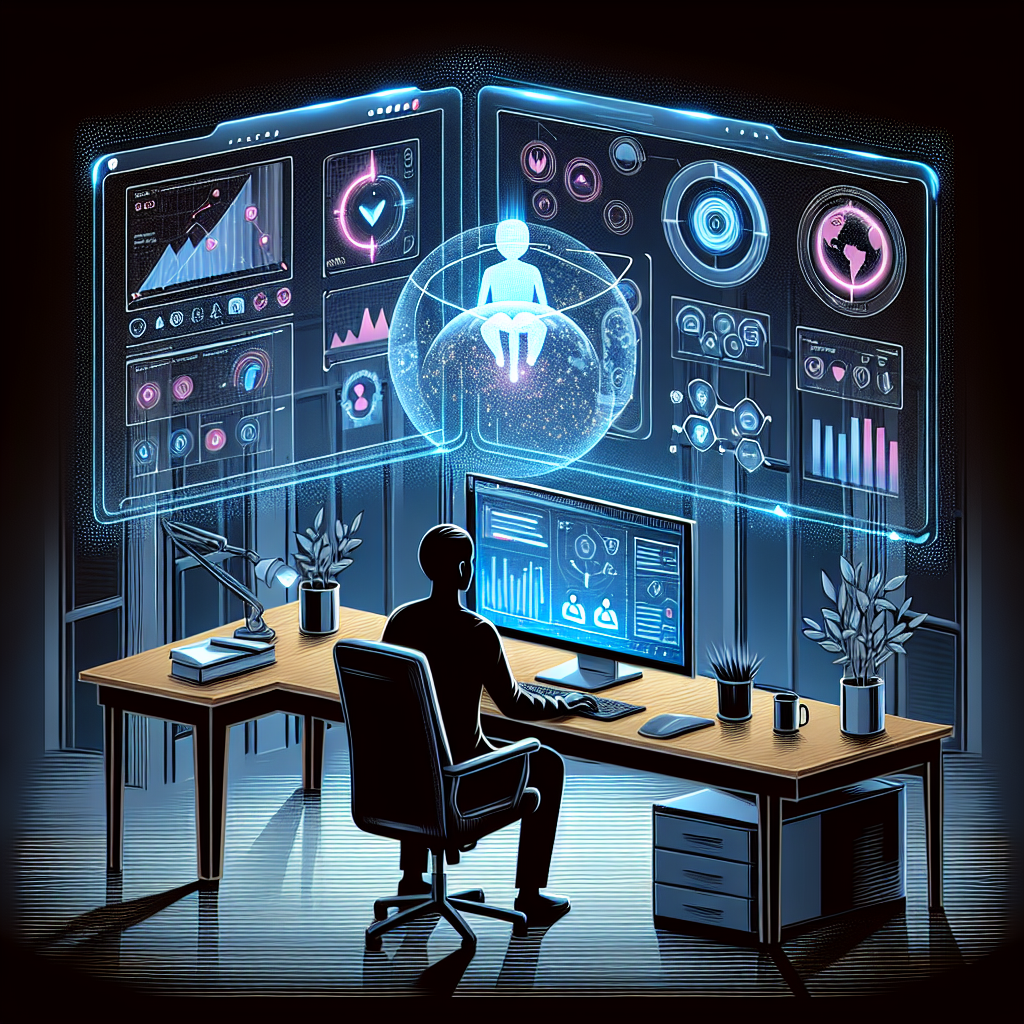
Exploring the Role of Remote Monitoring in Remote Work Environments
The way we work has changed dramatically in recent years, with more and more employees opting for remote work arrangements. This shift has been accelerated by the global COVID-19 pandemic, which forced businesses to adapt quickly to new ways of working. As remote work becomes the norm for many companies, the need for effective remote monitoring solutions has never been greater.Remote monitoring refers to the use of technology to track and monitor employees’ activities and productivity while working remotely. This can include monitoring internet usage, tracking work hours, and even monitoring employees’ computer screens in real time. While some may see remote monitoring as invasive or intrusive, it can actually play a crucial role in ensuring productivity, accountability, and security in remote work environments.
One of the key benefits of remote monitoring is its ability to provide managers with real-time insights into how their team members are working. By tracking employees’ activities and progress on tasks, managers can quickly identify any potential bottlenecks or issues that may be affecting productivity. This level of visibility can help managers make informed decisions about resource allocation, project timelines, and workflow optimization.
Remote monitoring can also help to ensure that employees are staying on task and meeting deadlines. By tracking work hours and monitoring internet usage, managers can easily identify any patterns of procrastination or time-wasting activities. This can help to hold employees accountable for their work and ensure that deadlines are being met consistently.
In addition to productivity benefits, remote monitoring can also enhance security in remote work environments. With the rise of cyber threats and data breaches, it’s more important than ever for companies to protect their sensitive information. Remote monitoring can help to detect and prevent unauthorized access to company systems and data, as well as identify any suspicious activity that may indicate a security breach.
While remote monitoring can provide numerous benefits for remote work environments, it’s important for companies to implement these systems thoughtfully and ethically. Employees should be made aware of the monitoring policies in place and should have the opportunity to voice any concerns or questions they may have. Transparency and communication are key to ensuring that remote monitoring is implemented in a way that respects employees’ privacy and fosters trust within the organization.
In conclusion, remote monitoring plays a crucial role in remote work environments by providing managers with valuable insights into employee productivity, accountability, and security. By leveraging technology to track and monitor employee activities, companies can ensure that remote work arrangements are successful and sustainable in the long term. As remote work continues to grow in popularity, the role of remote monitoring will only become more important in ensuring that companies can effectively manage and support their remote workforce.

The Importance of Remote Monitoring in Disaster Response
In times of natural disasters, such as hurricanes, earthquakes, or wildfires, quick and efficient response is crucial to saving lives and minimizing damages. Remote monitoring technology has become an invaluable tool in disaster response efforts, allowing emergency responders to assess the situation in real-time, make informed decisions, and allocate resources effectively.One of the key benefits of remote monitoring in disaster response is the ability to gather data from affected areas without putting personnel at risk. Drones equipped with cameras and sensors can be deployed to survey the extent of the damage, identify areas of immediate concern, and locate survivors in need of rescue. This not only speeds up the response time but also ensures the safety of rescue teams who would otherwise have to navigate treacherous terrain or unstable structures.
Remote monitoring also plays a crucial role in assessing the impact of a disaster on critical infrastructure, such as power plants, water treatment facilities, and communication networks. By monitoring the status of these systems remotely, emergency responders can prioritize repairs, restore services more quickly, and prevent further disruptions that could exacerbate the crisis.
Furthermore, remote monitoring technology can help track the movement of hazardous materials, such as chemical spills or radioactive waste, in the aftermath of a disaster. By monitoring air quality, water contamination, and soil conditions in real-time, emergency responders can take proactive measures to protect public health and the environment.
In addition to its immediate benefits in disaster response, remote monitoring technology also provides valuable data for post-event analysis and planning. By analyzing the data collected during a disaster, emergency responders can identify areas for improvement, develop more effective response strategies, and better prepare for future events.
Overall, the importance of remote monitoring in disaster response cannot be overstated. By providing real-time data, enhancing situational awareness, and improving decision-making, remote monitoring technology is a critical tool in saving lives, reducing damages, and ensuring a swift and effective response to natural disasters. As technology continues to advance, remote monitoring will undoubtedly play an even greater role in disaster response efforts, making our communities safer and more resilient in the face of adversity.
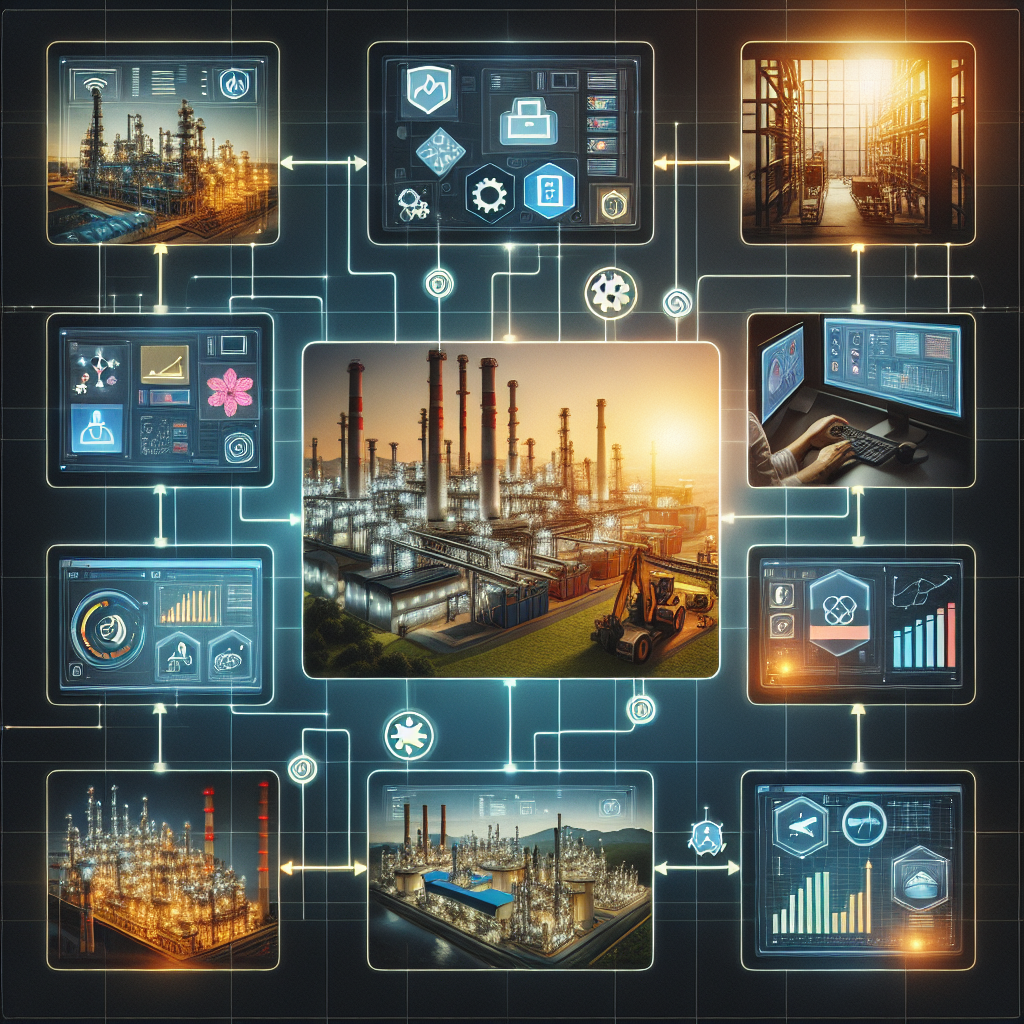
Remote Monitoring: Enhancing Safety and Compliance in Industries
Remote monitoring technology has revolutionized the way industries operate, providing real-time data and insights that enhance safety and compliance. With the ability to monitor equipment and processes from a distance, companies can ensure that operations are running smoothly and in accordance with regulatory standards.One of the key benefits of remote monitoring is the ability to detect issues before they escalate into major problems. By continuously monitoring equipment and processes, companies can identify potential issues early on and take proactive measures to prevent downtime and costly repairs. This not only improves safety for workers but also helps companies avoid costly fines for non-compliance with industry regulations.
Remote monitoring technology also enables companies to track and analyze data in real-time, providing valuable insights that can help improve efficiency and reduce waste. By monitoring key performance indicators, companies can identify areas for improvement and make data-driven decisions to optimize operations. This not only enhances safety by reducing the risk of accidents but also helps companies achieve regulatory compliance by ensuring that processes are running efficiently and in accordance with standards.
Furthermore, remote monitoring technology can help companies streamline their operations by automating routine tasks and providing alerts for potential issues. By automating data collection and analysis, companies can free up employees to focus on more strategic tasks and improve overall productivity. Additionally, real-time alerts can help companies respond quickly to emergencies and ensure that safety protocols are followed in the event of an incident.
Overall, remote monitoring technology is a game-changer for industries looking to enhance safety and compliance. By providing real-time data and insights, companies can proactively identify issues, improve efficiency, and ensure regulatory compliance. With the ability to monitor equipment and processes from a distance, companies can stay ahead of potential problems and maintain a safe and compliant work environment.
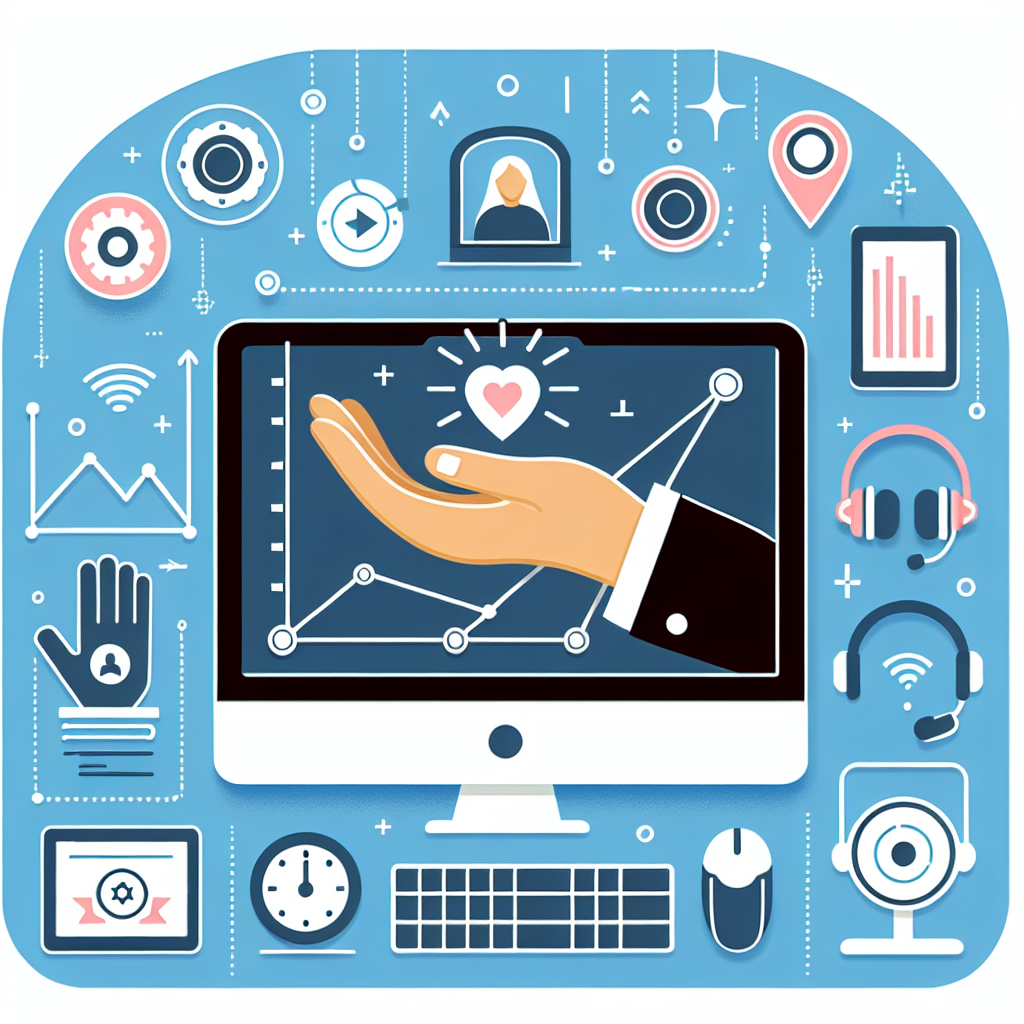
Improving Customer Service through Remote Monitoring Technology
In today’s fast-paced world, customer service is more important than ever. With the rise of technology, customers expect quick and efficient service at all times. This is where remote monitoring technology comes in. By utilizing remote monitoring technology, businesses can improve their customer service by providing real-time support and resolving issues before they escalate.One of the key benefits of remote monitoring technology is its ability to track and monitor customers’ interactions with a company’s products or services. This allows businesses to identify any potential issues or problems that customers may be experiencing and address them proactively. By monitoring customer interactions in real-time, businesses can provide immediate assistance and support, leading to higher customer satisfaction.
Remote monitoring technology also allows businesses to collect valuable data on customer behavior and preferences. By analyzing this data, businesses can gain insights into their customers’ needs and preferences, allowing them to tailor their products and services to better meet customer demands. This can lead to increased customer loyalty and retention, as well as higher customer satisfaction rates.
Furthermore, remote monitoring technology can help businesses identify and address potential problems with their products or services before they impact customers. By monitoring key performance indicators and system health in real-time, businesses can proactively address issues and prevent downtime or disruptions. This not only improves customer satisfaction but also helps businesses save time and resources by avoiding costly repairs or replacements.
In conclusion, remote monitoring technology is a valuable tool for improving customer service. By providing real-time support, collecting valuable customer data, and proactively addressing issues, businesses can enhance their customers’ experience and build stronger relationships. Investing in remote monitoring technology is a smart move for businesses looking to stay ahead in today’s competitive market and deliver exceptional customer service.
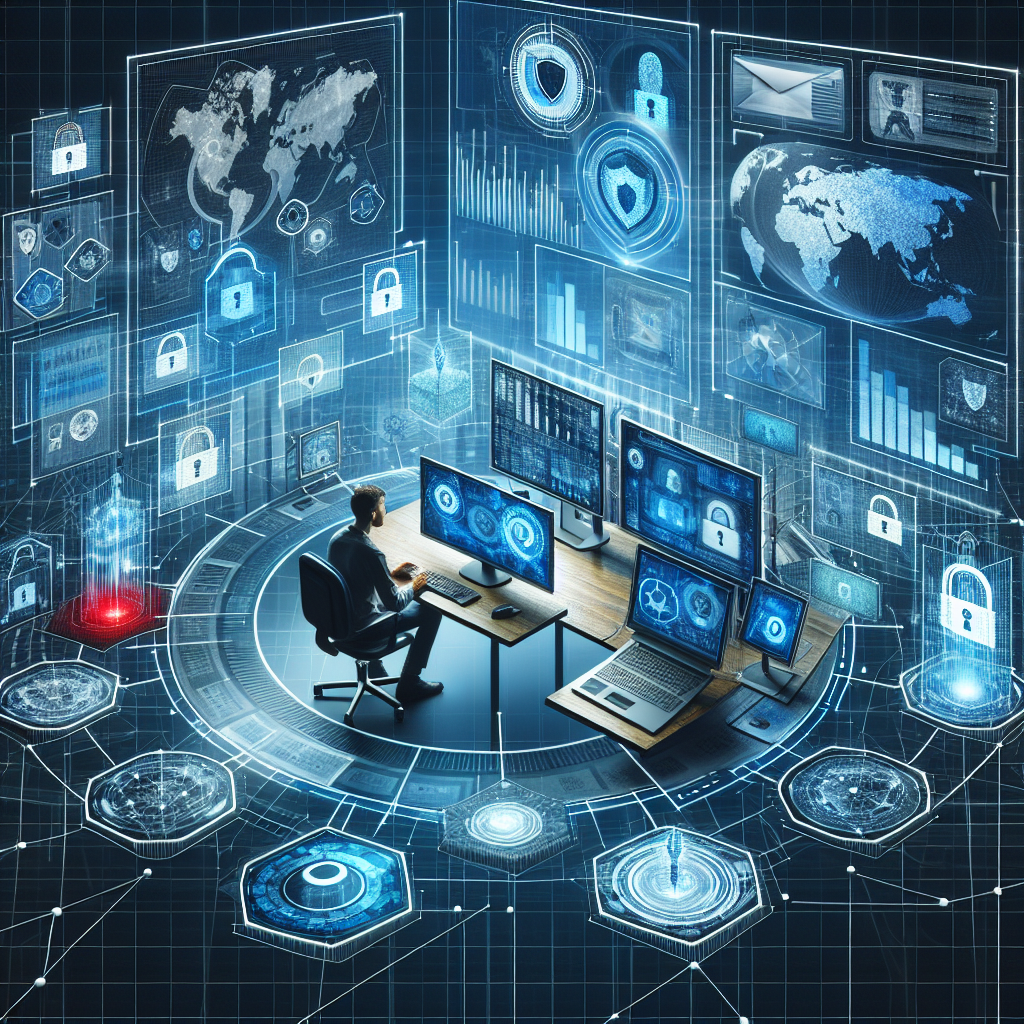
Remote Monitoring in the Digital Age: Navigating Privacy and Data Security Concerns
In the digital age, remote monitoring has become increasingly popular as more and more companies and individuals rely on technology to track and monitor various aspects of their lives. From monitoring employees’ productivity to tracking health and fitness data, remote monitoring offers convenience and efficiency. However, as with any technology, there are concerns about privacy and data security that must be navigated.One of the biggest concerns surrounding remote monitoring is the potential invasion of privacy. With the ability to track and monitor individuals’ every move, there is a fear that this information could be misused or exploited. For example, employers monitoring their employees’ productivity could lead to a lack of trust and a feeling of constant surveillance. Additionally, tracking personal health data could potentially be used against individuals by insurance companies or employers.
To address these privacy concerns, it is important for companies and individuals to be transparent about the data they are collecting and how it will be used. Clear communication and consent from all parties involved are essential to ensuring that remote monitoring is being used ethically and responsibly. Companies should also implement strict security measures to protect the data being collected, such as encryption and secure storage methods.
Data security is another major concern when it comes to remote monitoring. With the increasing amount of data being collected and stored, there is a risk of this information being compromised or hacked. This could lead to sensitive information being exposed and potentially used for malicious purposes.
To mitigate these risks, companies should invest in robust cybersecurity measures and regularly update their systems to protect against potential threats. Additionally, individuals should take steps to protect their own data, such as using strong passwords and being cautious about sharing personal information online.
Overall, remote monitoring offers many benefits in terms of convenience and efficiency, but it is important to be mindful of the privacy and data security concerns that come with it. By being transparent about data collection and usage, implementing strong security measures, and being proactive about protecting personal information, we can navigate these concerns and continue to reap the benefits of remote monitoring in the digital age.
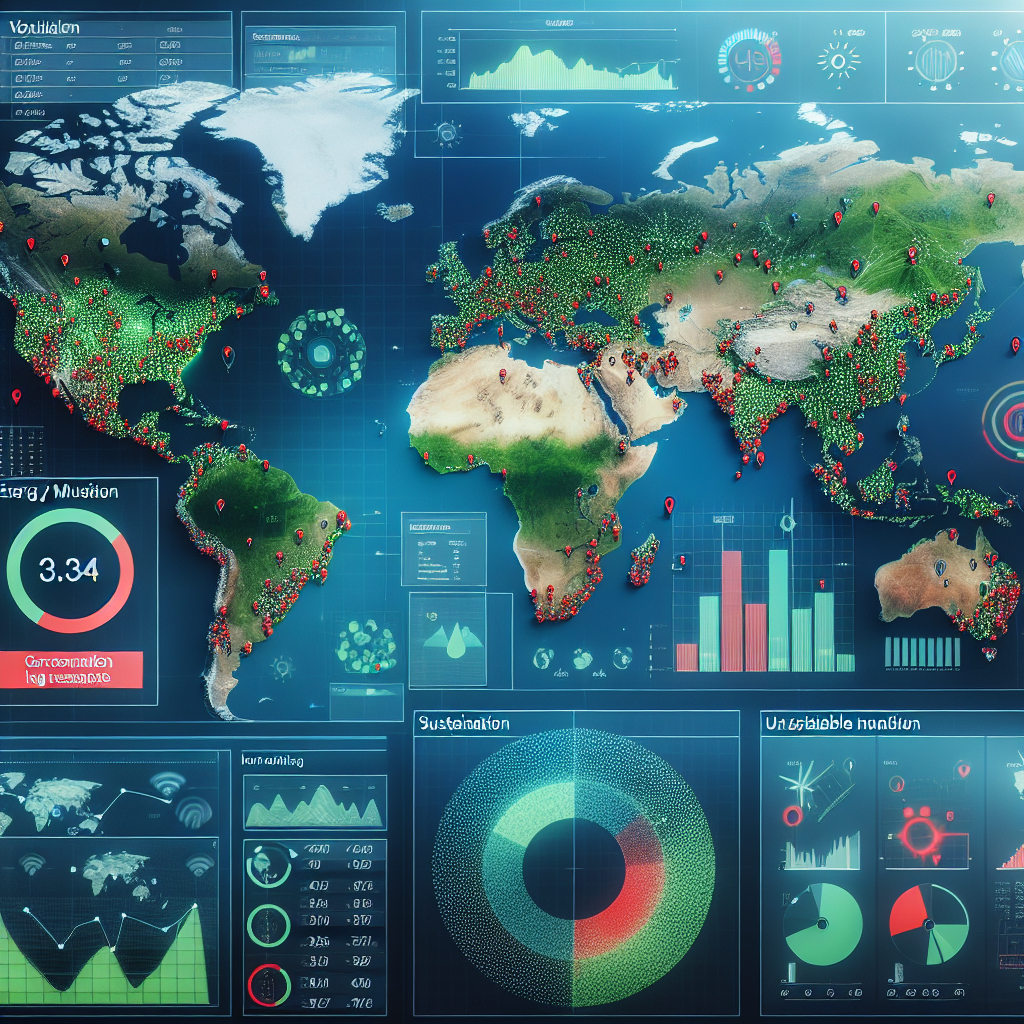
The Impact of Remote Monitoring on Energy Consumption and Sustainability
In recent years, remote monitoring has revolutionized the way we manage energy consumption and promote sustainability. Remote monitoring allows businesses and homeowners to track and analyze their energy usage in real-time, providing valuable insights into where energy is being wasted and how it can be optimized for maximum efficiency.One of the key benefits of remote monitoring is its ability to identify patterns and trends in energy consumption that may otherwise go unnoticed. By monitoring energy usage on a continuous basis, businesses and homeowners can pinpoint areas of inefficiency and take immediate action to reduce waste.
For example, a business may discover that certain equipment is running unnecessarily during off-peak hours, leading to increased energy costs. By remotely monitoring these devices, they can implement automated shutdown procedures or adjust scheduling to reduce energy consumption and save money.
In addition to cost savings, remote monitoring also has a significant impact on sustainability. By reducing energy waste, businesses and homeowners can lower their carbon footprint and contribute to a more environmentally friendly future. This not only benefits the environment but also enhances the reputation of the organization as a responsible and sustainable entity.
Furthermore, remote monitoring allows for predictive maintenance, which can help prevent costly breakdowns and prolong the lifespan of equipment. By monitoring the performance of HVAC systems, lighting, and other energy-consuming devices, businesses can identify potential issues before they escalate, saving time and money in the long run.
Overall, the impact of remote monitoring on energy consumption and sustainability is profound. By providing real-time insights into energy usage, businesses and homeowners can make informed decisions to reduce waste, save money, and promote a greener future. As technology continues to advance, remote monitoring will play an increasingly important role in shaping our energy landscape for years to come.
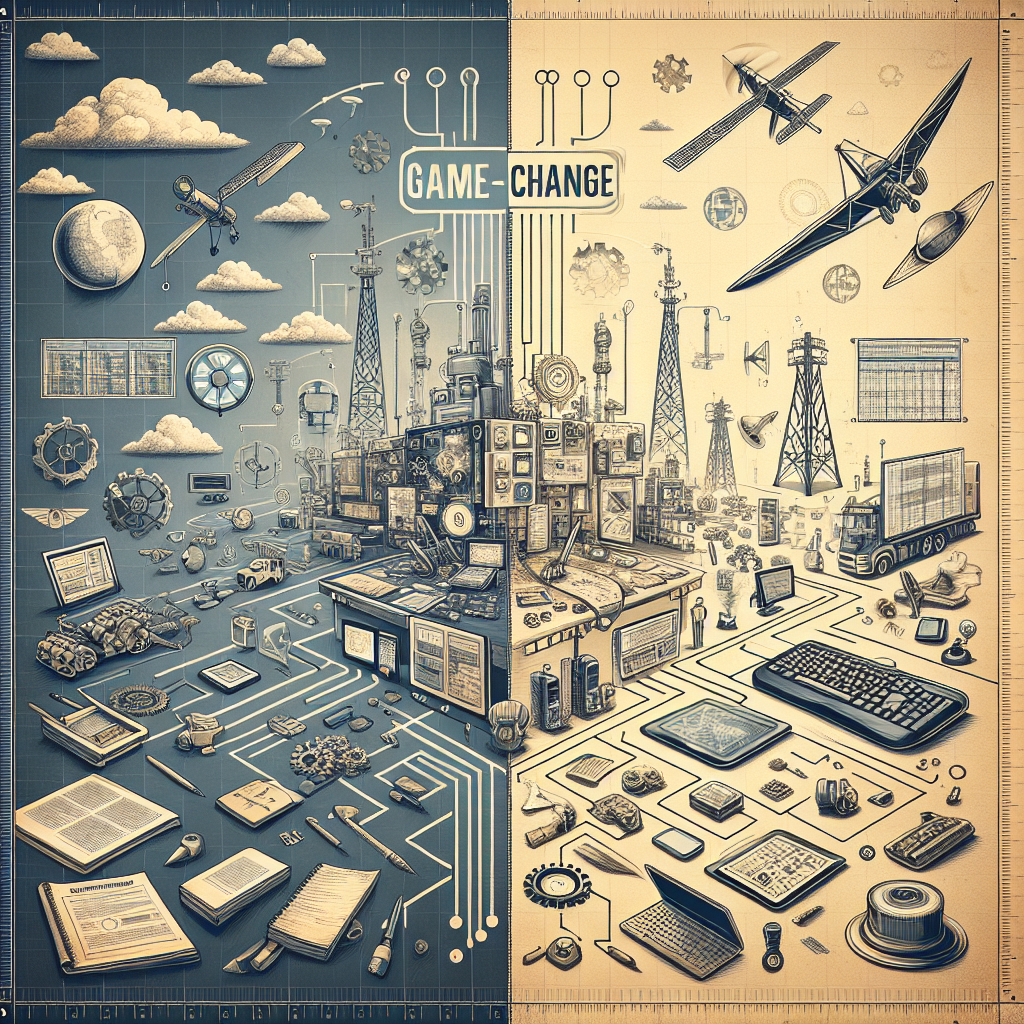
Remote Monitoring: A Game-Changer for Asset Management and Maintenance
Remote monitoring technology has revolutionized the way businesses manage their assets and conduct maintenance activities. By leveraging the power of connectivity and real-time data, remote monitoring has become a game-changer for asset management and maintenance.One of the key benefits of remote monitoring is its ability to provide real-time visibility into the performance and condition of assets. With sensors and monitoring devices installed on equipment, businesses can gather data on key metrics such as temperature, pressure, and vibration. This data is then transmitted to a centralized platform where it can be analyzed and used to make informed decisions about maintenance schedules and asset utilization.
By having access to real-time data, businesses can proactively identify issues before they escalate into costly breakdowns. For example, if a sensor detects a sudden increase in temperature in a piece of equipment, maintenance teams can be alerted immediately and take corrective action to prevent a breakdown. This not only helps to minimize downtime but also reduces the need for costly emergency repairs.
Remote monitoring also enables businesses to optimize their maintenance schedules and resources. By analyzing historical data and performance trends, businesses can identify patterns and predict when maintenance is needed. This allows maintenance teams to schedule preventive maintenance activities at the most optimal times, reducing the risk of unexpected failures and maximizing asset lifespan.
Furthermore, remote monitoring can help businesses improve their overall asset performance and efficiency. By monitoring key performance indicators in real-time, businesses can identify opportunities for optimization and make data-driven decisions to improve asset utilization. For example, if a piece of equipment is consistently running below its optimal performance levels, maintenance teams can investigate the root cause and implement corrective actions to improve efficiency.
In addition to improving asset management and maintenance, remote monitoring technology also offers cost-saving benefits. By reducing the need for manual inspections and increasing the efficiency of maintenance activities, businesses can lower their maintenance costs and extend the lifespan of their assets. This not only helps to improve the bottom line but also enhances the overall operational efficiency of the business.
In conclusion, remote monitoring has emerged as a game-changer for asset management and maintenance. By providing real-time visibility, proactive maintenance capabilities, and cost-saving benefits, remote monitoring technology enables businesses to optimize their assets, reduce downtime, and improve overall operational efficiency. As businesses continue to adopt remote monitoring technology, they will be better positioned to stay ahead of the curve and drive success in today’s competitive business landscape.
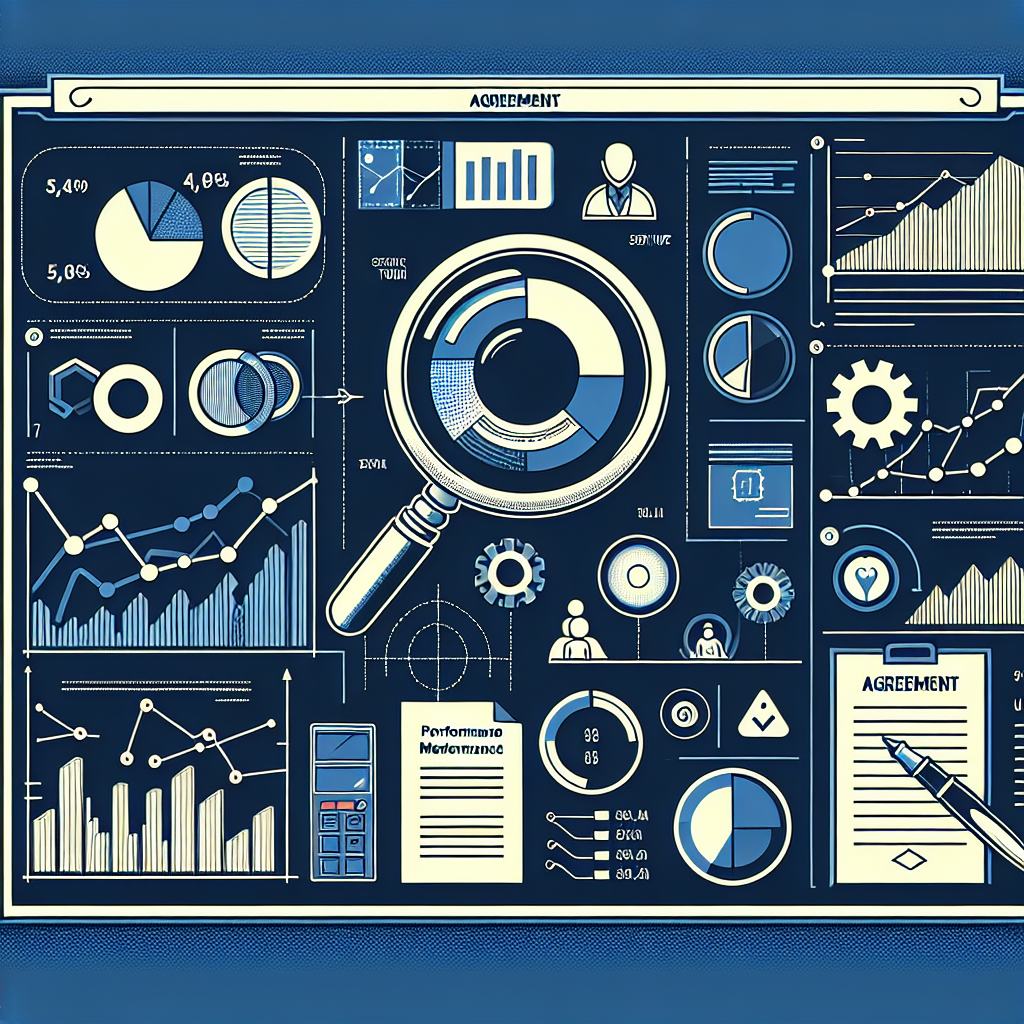
Monitoring and Measuring Performance under a Service Level Agreement (SLA)
Monitoring and measuring performance under a Service Level Agreement (SLA) is crucial for ensuring that both parties involved in the agreement are meeting their commitments and expectations. An SLA is a formal contract between a service provider and a customer that outlines the level of service that will be provided, including performance metrics and expectations.Monitoring and measuring performance under an SLA involves tracking key performance indicators (KPIs) to ensure that both parties are meeting their agreed-upon standards. These KPIs can include metrics such as uptime, response time, resolution time, and customer satisfaction.
One of the main benefits of monitoring and measuring performance under an SLA is that it allows both parties to identify any areas where the agreed-upon standards are not being met. This allows for quick action to be taken to address any issues and prevent them from escalating.
There are several ways to monitor and measure performance under an SLA. One common method is to use a monitoring tool that tracks KPIs in real-time and provides alerts when performance falls below acceptable levels. Another method is to regularly review performance reports and conduct regular performance reviews with both parties to discuss any issues and potential improvements.
In addition to monitoring performance, it is also important to establish a process for resolving any issues that arise. This can involve setting up a formal escalation process that outlines the steps to be taken if performance falls below acceptable levels. It is also important to document any performance issues and resolutions to ensure that both parties are held accountable for their commitments.
Overall, monitoring and measuring performance under an SLA is essential for ensuring that both parties are meeting their obligations and delivering the level of service expected. By tracking KPIs, identifying issues, and taking prompt action to address any issues, both parties can ensure a successful partnership and maintain a high level of customer satisfaction.
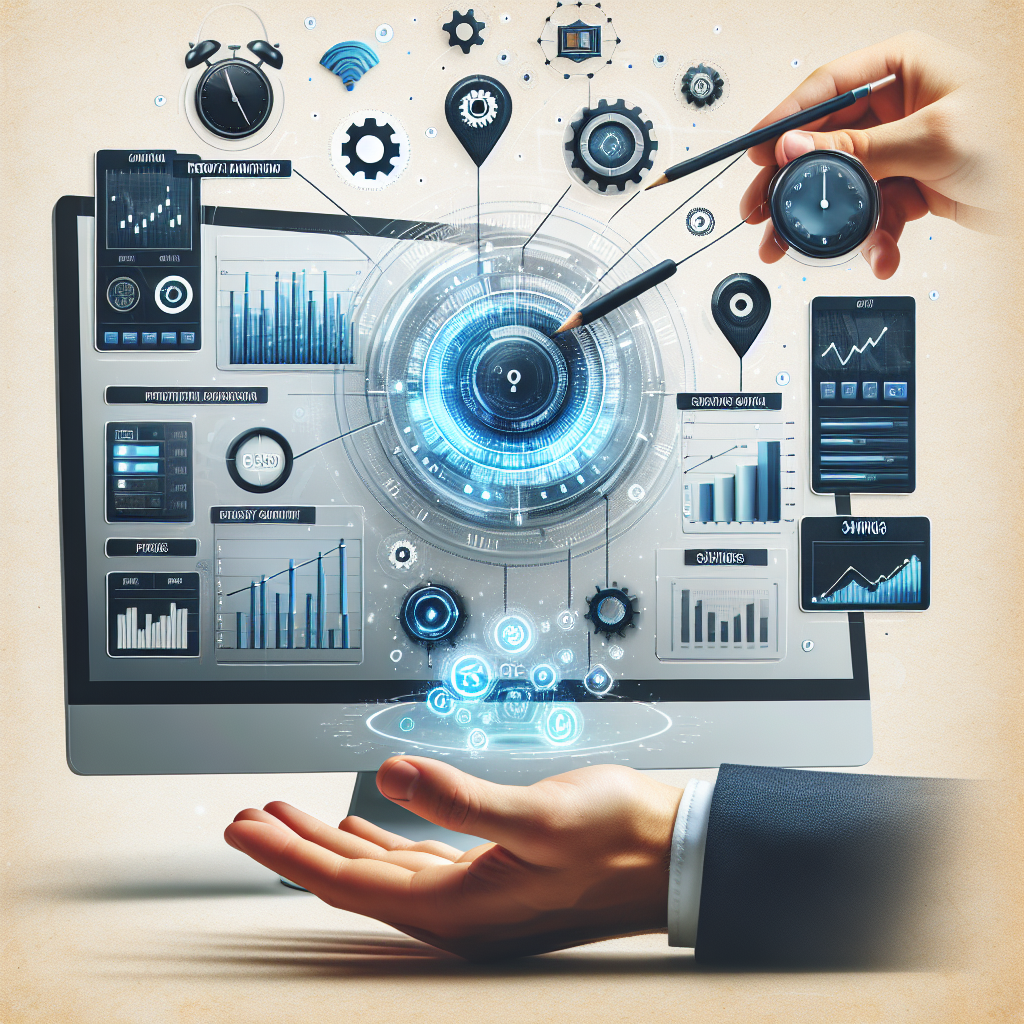
The Role of Remote Monitoring in Improving Efficiency and Cost Savings
Remote monitoring technology has become an essential tool for businesses looking to improve efficiency and save on costs. This technology allows companies to keep a close eye on their operations and assets from a distance, providing real-time data and insights that can help streamline processes and identify areas for improvement.One of the key benefits of remote monitoring is its ability to provide businesses with a comprehensive view of their operations. By collecting data from various sensors and devices, companies can gain a better understanding of how their systems are performing and identify potential issues before they escalate. This proactive approach to maintenance can help prevent costly downtime and repairs, ultimately saving businesses money in the long run.
Remote monitoring also allows companies to optimize their resources more effectively. By tracking equipment usage and performance, businesses can identify opportunities to streamline processes and reduce waste. This can lead to significant cost savings, as companies are able to operate more efficiently and effectively allocate their resources.
In addition to improving efficiency and saving costs, remote monitoring technology can also help businesses enhance their overall safety and security. By monitoring critical systems and assets in real-time, companies can quickly respond to any emergencies or security threats, minimizing the potential for damage or loss.
Overall, remote monitoring plays a crucial role in helping businesses improve their operations and save on costs. By providing real-time data and insights, this technology enables companies to optimize their resources, enhance their safety and security, and ultimately achieve greater efficiency and profitability. As businesses continue to embrace digital transformation, remote monitoring will undoubtedly remain a valuable tool for driving success in today’s fast-paced and competitive business environment.
Remote Monitoring in the Age of COVID-19: Keeping Employees Safe and Productive
The COVID-19 pandemic has brought about many changes in the way we work, with remote monitoring becoming a crucial tool for keeping employees safe and productive. As businesses navigate the challenges of operating during a global health crisis, the need for remote monitoring solutions has become more apparent than ever before.Remote monitoring allows employers to keep track of their employees’ activities, regardless of where they are working from. This can be especially important in situations where employees are working from home, as it provides a way to ensure that they are staying on task and meeting deadlines. In addition, remote monitoring can help employers identify potential issues or concerns that may arise, such as cybersecurity threats or performance issues.
One of the key benefits of remote monitoring is the ability to keep employees safe during a time when social distancing and other safety measures are of utmost importance. By monitoring employee activities remotely, employers can minimize the need for in-person interactions and reduce the risk of exposure to the virus. This can help to protect employees and their families, as well as prevent the spread of COVID-19 within the workplace.
Remote monitoring can also help to improve employee productivity during these challenging times. By providing employers with real-time insights into employee activities, remote monitoring can help to identify areas where employees may be struggling and provide support or resources to help them succeed. This can be especially important in a remote work environment, where employees may be facing new challenges and distractions that can impact their performance.
In addition, remote monitoring can help to ensure that employees are complying with company policies and procedures, even when working remotely. This can help to maintain a sense of accountability and professionalism among employees, even when they are working from home. By monitoring employee activities, employers can also ensure that sensitive information is being handled securely and that company data is protected from potential threats.
Overall, remote monitoring is an essential tool for businesses looking to navigate the challenges of operating during the COVID-19 pandemic. By keeping employees safe and productive, remote monitoring can help businesses to weather the storm and emerge stronger on the other side. As we continue to adapt to the new normal of remote work, remote monitoring will play a crucial role in ensuring the safety and success of employees and businesses alike.
